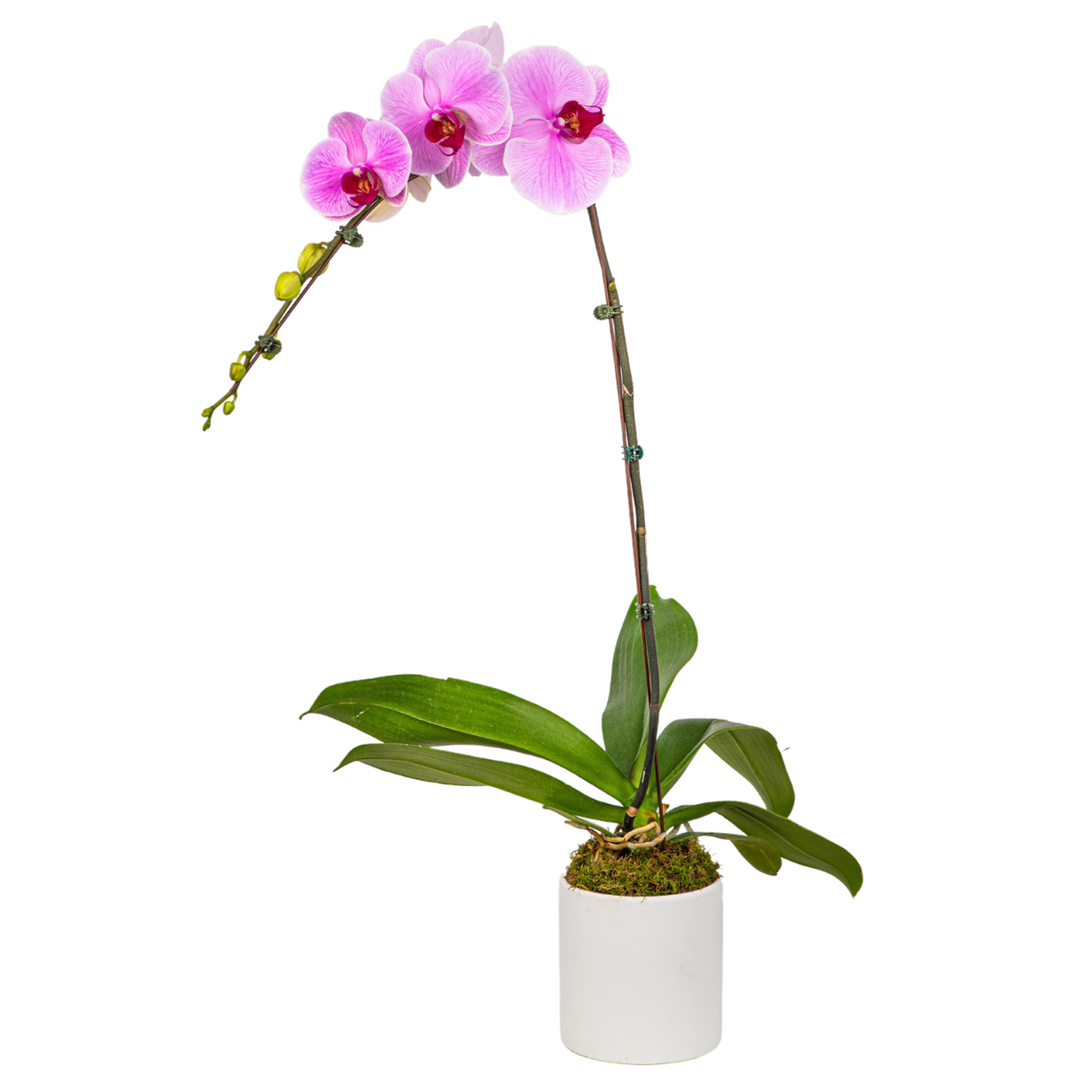Phalaenopsis: The Orchid of the World
Phalaenopsis, often referred to as the moth orchid, is a genus of epiphytic orchids in the subfamily Epidendroideae. Native to Southeast Asia, the Philippines, and northeastern Australia, these orchids are renowned for their large, showy flowers, which resemble moths in flight. Their popularity as houseplants has skyrocketed due to their relatively easy care and stunning blooms.

Phalaenopsis orchids are characterized by their monopodial growth habit, meaning they grow from a single stem that continues to elongate year after year. Their roots are aerial, designed to cling to tree trunks and branches in their natural habitat. These roots are also responsible for absorbing moisture and nutrients from the air and rainwater.
The leaves of a Phalaenopsis orchid are typically leathery, elliptical in shape, and arranged in a distichous pattern. They are the primary organs for photosynthesis, converting sunlight into energy for growth and flowering. The flowers are borne on long, arching inflorescences that can produce multiple blooms simultaneously. Each flower consists of three sepals, three petals, a lip (labellum), and a column, which houses the reproductive organs.
Phalaenopsis orchids exhibit a wide range of colors, including white, pink, purple, yellow, orange, and even green. Some varieties may have contrasting colors or patterns on their petals or lips. Breeders have developed numerous hybrids and cultivars, resulting in a stunning array of Phalaenopsis orchids to choose from.
Popular Phalaenopsis varieties include:
Phalaenopsis amabilis: Known for its large, white flowers with a yellow center.
Phalaenopsis orchids thrive in warm, humid conditions with bright, indirect light. They prefer well-draining potting media, such as a mix of bark, peat moss, and perlite. Watering should be done carefully, as overwatering can lead to root rot. Fertilizing once a month during the growing season can promote healthy growth and flowering.
Light: Place your Phalaenopsis orchid in a location with bright, indirect light. Avoid direct sunlight, which can scorch the leaves.
Phalaenopsis orchids typically bloom once or twice a year. After flowering, the inflorescence can be cut back to encourage new growth and potential flowering. Repotting should be done after flowering to minimize stress on the plant.
Phalaenopsis orchids can be susceptible to common pests and diseases, including mealybugs, scale insects, spider mites, and root rot. Regular inspection and prompt treatment can help prevent and control these problems.
Phalaenopsis orchids are popular choices for interior design due to their elegant appearance and long-lasting blooms. They can be displayed in various settings, including living rooms, bedrooms, and offices. Here are some tips for incorporating Phalaenopsis orchids into your home decor:
Choose the right pot: Select a pot that complements the color and size of your orchid.
Phalaenopsis orchids are a stunning addition to any home or garden. With proper care, these orchids can provide years of enjoyment with their beautiful flowers. Whether you are a seasoned orchid enthusiast or a beginner, Phalaenopsis orchids offer a rewarding and captivating experience.